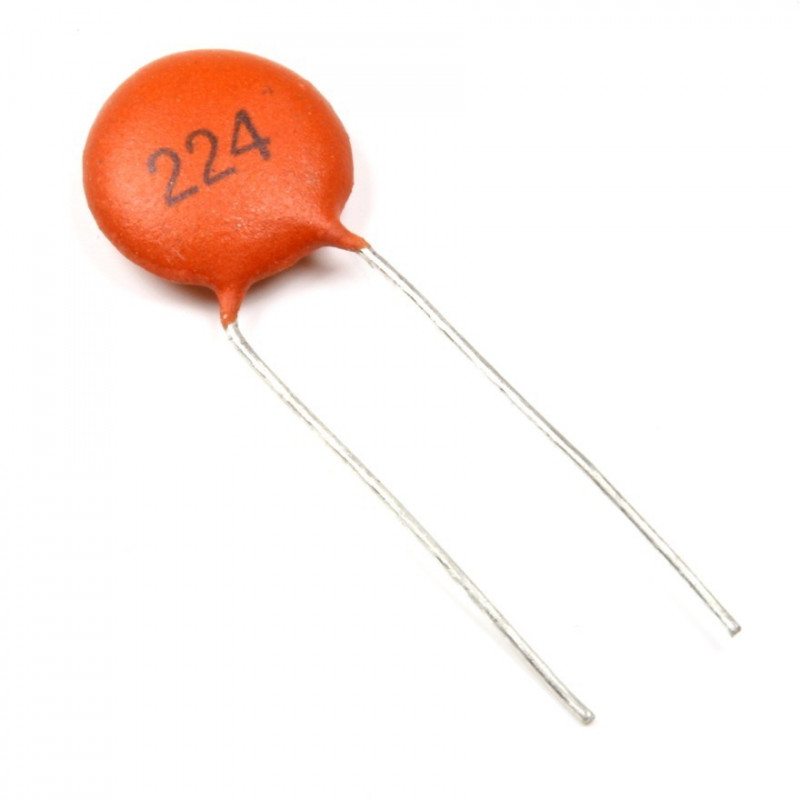In today's world, electrical safety is paramount, whether you're a seasoned electrician or a DIY enthusiast. The ability to accurately test electrical circuits can prevent accidents, ensure compliance with safety standards, and save you money on costly repairs. Fortunately, you don't need to break the bank to acquire effective testing tools. This article delves into how to use cheap electrical testers effectively, ensuring you maximize their potential while maintaining safety and accuracy.
Understanding Electrical Testers
Electrical testers come in various forms, each designed for specific applications. The most common types include:
- Voltage Testers: These devices help determine the presence of voltage in a circuit. They can be non-contact or contact testers.
- Multimeters: Versatile tools that measure voltage, current, and resistance. They are essential for diagnosing electrical issues.
- Continuity Testers: Used to check if a circuit is complete, ensuring that electricity can flow through it.
- Socket Testers: Designed to check the wiring of electrical outlets, ensuring they are wired correctly and safely.
Choosing the Right Cheap Electrical Tester
When selecting a budget-friendly electrical tester, consider the following factors:
- Safety Ratings: Ensure the tester complies with safety standards such as UL (Underwriters Laboratories) or CE (Conformité Européenne).
- Functionality: Choose a tester that meets your specific needs. For example, if you're primarily checking outlets, a socket tester may suffice.
- User Reviews: Research user feedback to gauge reliability and performance. Affordable doesn't mean inferior; many budget testers perform admirably.
How to Use Cheap Electrical Testers Safely and Effectively
- Voltage Testers
Step-by-Step Guide:
- Preparation: Ensure you wear insulated gloves and safety goggles.
- Testing: For non-contact voltage testers, simply bring the device close to the wire or outlet. A light or sound will indicate voltage presence.
- Contact Testing: For contact testers, insert the probes into the outlet slots. A reading on the display indicates voltage levels.
Tips:
- Always test the tester on a known live circuit before use to confirm it’s functioning correctly.
- Avoid using voltage testers in wet conditions to prevent electric shock.
- Multimeters
Step-by-Step Guide:
- Setting Up: Turn the multimeter dial to the appropriate setting (AC voltage, DC voltage, resistance, etc.).
- Testing Voltage: Insert the black probe into the COM port and the red probe into the VΩmA port. Touch the probes to the circuit points.
- Measuring Resistance: Disconnect power from the circuit, set the multimeter to the resistance setting, and touch the probes to the component leads.
Tips:
- Familiarize yourself with the multimeter’s manual to understand its features and settings.
- Always start with the highest range setting to avoid damaging the device.
- Continuity Testers
Step-by-Step Guide:
- Preparation: Ensure the circuit is powered off.
- Testing: Connect the leads of the continuity tester to both ends of the circuit. A beep or light indicates continuity.
Tips:
- Use continuity testers to troubleshoot wiring issues, such as broken wires or faulty connections.
- Always check the tester’s battery before use to ensure accurate readings.
- Socket Testers
Step-by-Step Guide:
- Plugging In: Insert the socket tester into the outlet you wish to test.
- Interpreting Results: Observe the indicator lights. A specific combination of lights will indicate correct wiring or potential issues.
Tips:
- Regularly test outlets in high-usage areas to ensure ongoing safety.
- Use socket testers in conjunction with other testers for comprehensive diagnostics.
Maintenance and Care for Your Electrical Testers
To ensure longevity and accuracy, follow these maintenance tips:
- Storage: Keep testers in a dry, cool place, away from direct sunlight.
- Battery Checks: Regularly check and replace batteries as needed to avoid inaccurate readings.
- Calibration: Some testers may require periodic calibration. Refer to the manufacturer’s guidelines for specifics.
Conclusion
Using cheap electrical testers effectively requires knowledge, safety precautions, and a bit of practice. By understanding the various types of testers available and how to use them correctly, you can enhance your electrical safety practices without incurring significant costs. Remember, the key to successful electrical testing lies in preparation, proper technique, and ongoing education. With the right tools and knowledge, you can tackle electrical projects confidently and safely.


